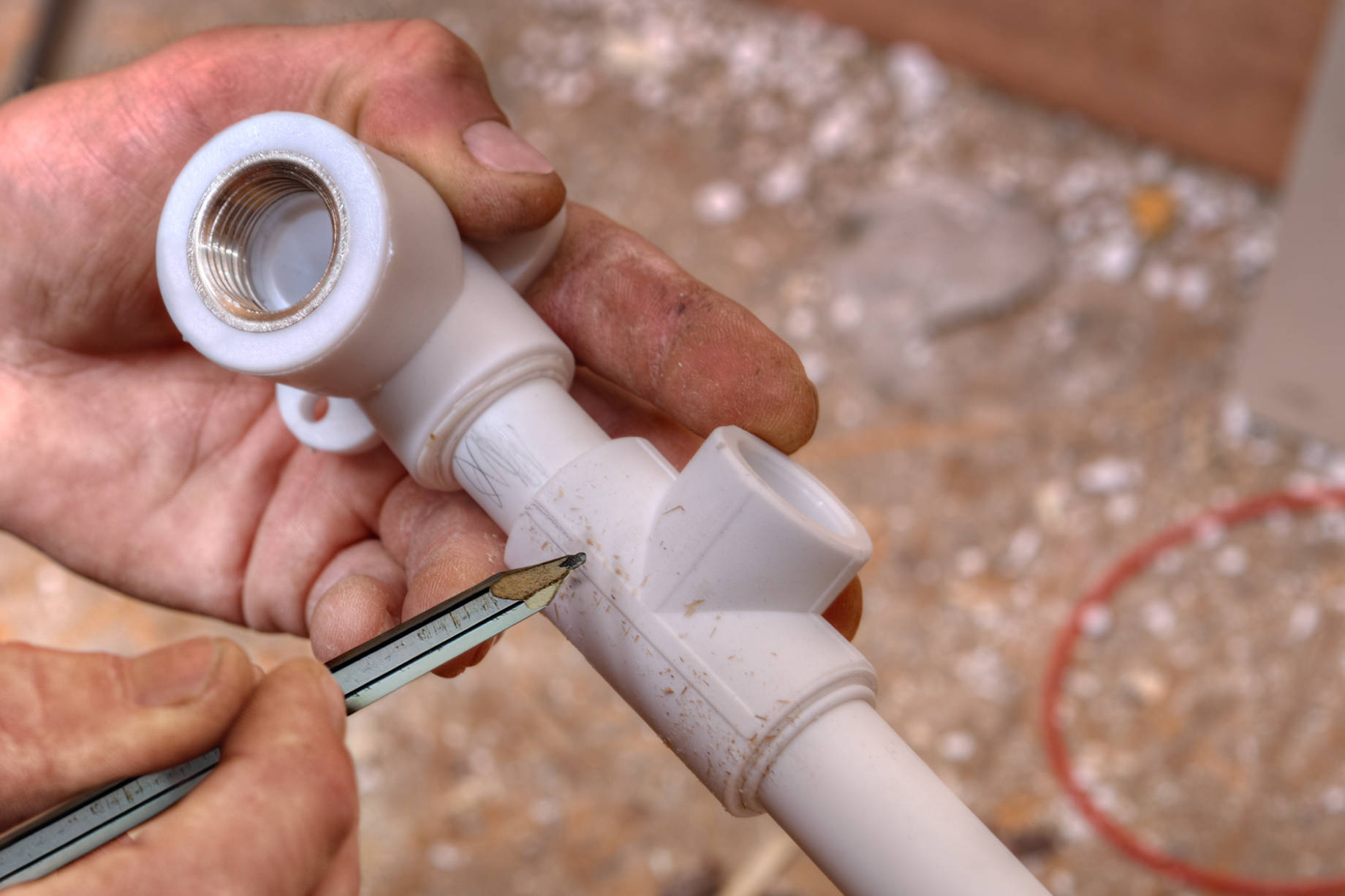
Poly B plumbing might be lurking right behind the walls of your home, possibly giving you a silent problem between the years 1978 and 1997 when your home was constructed or renovated. Also known as Poly B (the abbreviation of polybutylene), this type of water line was considered a popular solution in residential properties due to its low cost and simple installation. However, over time, it has been demonstrated to be less reliable than intended, with a tragic history of leaks, failures, and expensive damages.
This is an issue that plagues the majority of homeowners today, who are realizing that what they do not see in their plumbing can cost them thousands. The upside? Detecting Poly B is the first step in guarding your investment, as knowing what to find is crucial. Check here https://www.patchboyz.ca/poly-b-plumbing-promotion to find the best poly B plumbing replacement services.
Check Your Home’s Age
During the period 1978-1997, poly B plumbing was popular, particularly in homes in Canada and the United States. If your home falls into this bracket, it is worth checking more closely. It’s also possible that, despite the home renovations or additions made in the early 90s, your home may still contain Poly B in some areas.
Look for Grey Plastic Pipes
Flexible grey plastic pipes, typically about 1/2 or 1 inch in diameter, are the easiest materials to detect Poly B. They can be seen around the water heater, under sinks, on the basement ceiling, and also at water shut-off valves on the main. Proceed with caution, however, not every grey pipe is a poly B pipe, but the majority of the poly B pipes would be grey.
Check the Pipe Stamping
Legitimate Poly B piping is frequently stamped with one or all of the following:
- PB2110 – the industry code used most frequently
- PB or polybutylene is identified by stamping on the pipe
- Manufacturer names such as QEST, Vanguard, or Bow
Use a flashlight and check out whatever is visible in terms of piping. Once you see these labels, it is high time you acted.
Watch for Discoloration or Bulges
Poly B does degrade, however, especially when it comes to media that contain chlorinated water (as well as in city supplies). Warning signs of trouble are:
- Chips on the external surface
- Jutting out about the fittings
- Discoloration or brittleness
If your pipes have developed a look of old age about them, then they are breaking up.
Look at the Fittings
Either metal or plastic crimp fittings were used in connecting Poly B systems. The plastic fittings, especially the older ones, tend to fail. A collection of grey piping and elbows or plastic joints can be valued quite easily, as it is most probably poly B.
Why It Matters
Discovering the presence of Poly B plumbing at an early stage helps you avoid thousands of dollars spent on repairs. Many insurance companies now charge higher premiums or refuse to cover homes with Poly B systems. Even worse, there can be hidden leaks in the walls that may result in mold, structural problems, and significant health risks.
Always consult a licensed plumber if you suspect you have Poly B. Although changing your system to more long-standing systems like PEX or copper may seem like a significant undertaking, it is an excellent investment in the long run.
Do not turn your home into a nightmare by allowing it to have plumbing problems. Early detection of Poly B provides you with power, the security of mind, as well as the capacity to make appropriate proactive decisions. It is not just about pipes, but what truly matters most: safeguarding what is important in your home, and that is your family.
Read More: Pokemongohub